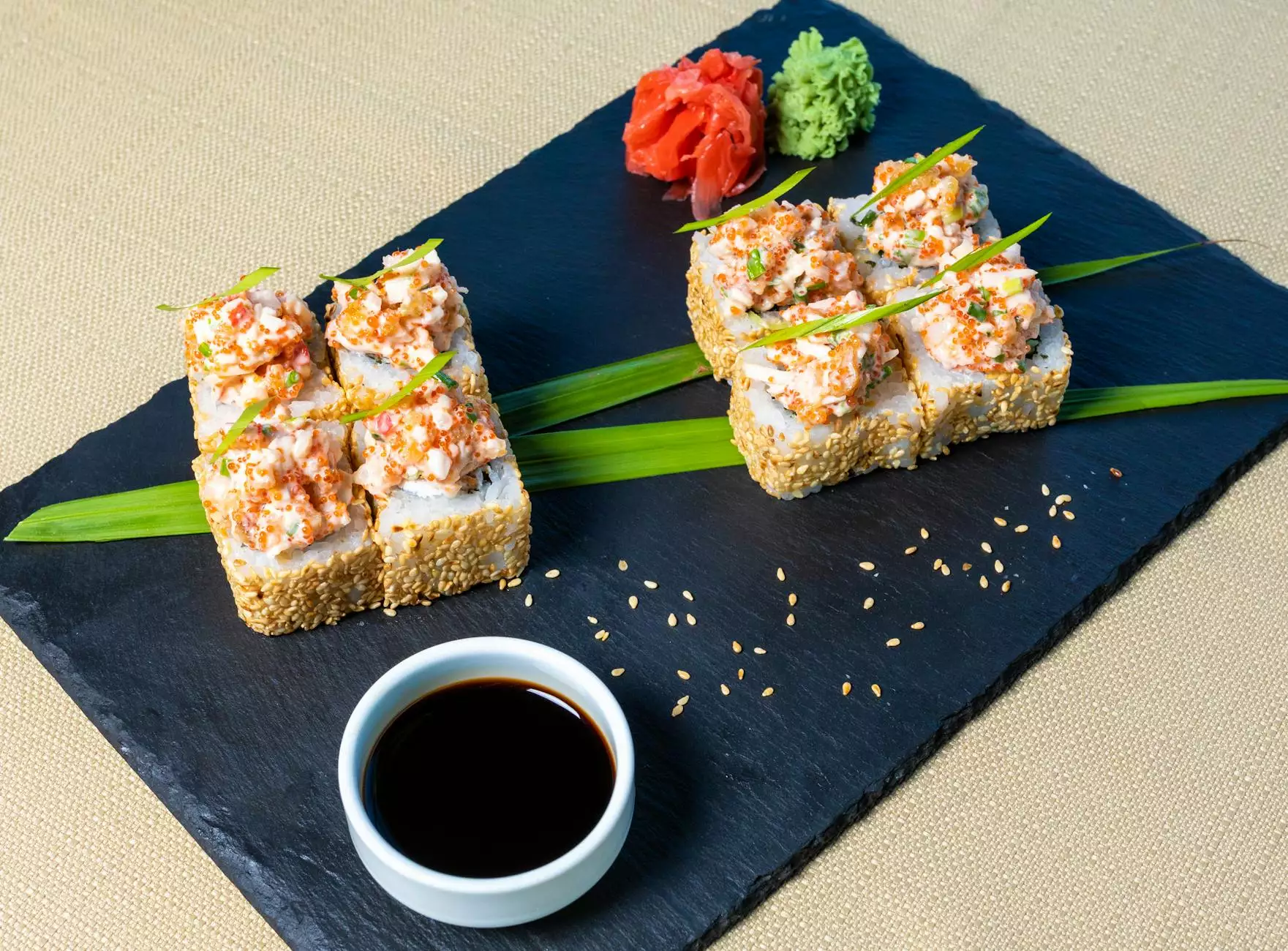The Art of Fresh Wasabi Root: Elevating Your Culinary Experience

In the realm of Japanese cuisine, few ingredients evoke as much intrigue as fresh wasabi root. Often confused with the store-bought horseradish or green paste found in sushi restaurants, real wasabi is a unique ingredient that offers both culinary depth and nutritional benefits. This article explores the origins, usage, and appeal of fresh wasabi root, revealing why it should be a staple in your kitchen and dining experiences.
What is Fresh Wasabi Root?
Wasabi (Wasabia japonica) is a perennial plant native to Japan, grown primarily in the mountainous regions along stream beds, which provide the cool conditions and constant moisture essential for its growth. The plant belongs to the family of cruciferous vegetables, which also includes horseradish, mustard, and cabbage. The part of the plant most prized in culinary use is the root, which is typically grated to produce a vibrant green condiment.
The Distinction Between Fresh Wasabi and Imitations
Many consumers are surprised to learn that the wasabi commonly served in sushi bars outside of Japan is rarely made from fresh wasabi root. Instead, it often consists of a mix of horseradish, food coloring, and mustard powder. This imitation lacks the complex flavor profile and health benefits that authentic fresh wasabi root offers. When you choose to use fresh wasabi, you're not just opting for a higher quality ingredient; you're also enhancing the authenticity of your Japanese culinary experience.
Flavor Profile of Fresh Wasabi
The flavor of fresh wasabi root is a harmonious blend of spicy heat and sweetness, with an aromatic quality that sets it apart from its more pungent counterparts. Unlike the sharp, nose-burning sensation of horseradish, fresh wasabi delivers a milder, more pleasant kick that enhances rather than overwhelms the palate. As it dissipates quickly, it allows for a more nuanced experience with dishes like sushi and sashimi.
Health Benefits of Fresh Wasabi Root
Integrating fresh wasabi root into your diet not only enhances flavors but also provides numerous health benefits, making it a worthwhile addition to your pantry. Here are some of the standout benefits:
- Antioxidant Properties: Fresh wasabi root contains powerful antioxidants that can help combat oxidative stress in the body.
- Anti-Inflammatory Effects: The compounds found in wasabi can help reduce inflammation and may lower the risk of chronic diseases.
- Supports Digestive Health: Wasabi has been shown to have antimicrobial properties that can support a healthy gut by combatting harmful bacteria.
- Boosts Immune Function: The nutrients present in fresh wasabi can aid in strengthening the immune system, helping to ward off illness.
How to Select and Prepare Fresh Wasabi Root
Choosing fresh wasabi involves looking for specific characteristics to ensure maximum flavor and quality.
Selecting Quality Fresh Wasabi Root
When shopping for fresh wasabi root, keep the following tips in mind:
- Color: Look for a vibrant green color; pale or yellowish roots may be past their prime.
- Texture: The root should feel firm and have a slightly moist surface. Avoid any roots that feel dry or shriveled.
- Smell: Fresh wasabi has a subtle, sweet aroma. If the root has an off or unpleasant odor, it may not be fresh.
Preparing Fresh Wasabi Root
To prepare fresh wasabi root, follow these simple steps:
- Wash: Rinse the root under cold water to remove any dirt or impurities.
- Peel: Gently peel the outer skin using a vegetable peeler or a knife.
- Grate: Use a sharpened grater or a *wasabi grater* (oroshigane) for the best results. Grate only what you will use, as the flavor diminishes over time.
Incorporating Fresh Wasabi into Your Dishes
Fresh wasabi can enhance a wide array of dishes, adding depth and complexity. Here are some suggestions for incorporating fresh wasabi root into your culinary repertoire:
In Sushi and Sashimi
The most traditional and popular use of fresh wasabi root is alongside sushi and sashimi. A small amount of freshly grated wasabi enhances the flavor of raw fish, accentuating its freshness without overpowering it. Add a dollop directly on top of the fish or mix it into soy sauce for a flavorful dip.
In Dressings and Sauces
Mix grated fresh wasabi into vinaigrettes or sauces for a unique twist. For example:
- Combine wasabi with soy sauce, rice vinegar, and sesame oil for an exciting salad dressing.
- Add fresh wasabi to mayonnaise or sour cream for a spicy dip perfect for vegetables or seafood.
With Grilled Meats and Vegetables
Fresh wasabi can also complement grilled meats and vegetables. Try seasoning your grilled steak or chicken with a blend of wasabi, soy sauce, and garlic for an unforgettable flavor boost.
Where to Buy Fresh Wasabi Root
While obtaining fresh wasabi root may seem challenging, it is becoming increasingly accessible in specialty grocery stores and online. When purchasing, brands like realwasabi.com specialize in providing premium fresh wasabi that can be shipped directly to your home. Look for products labeled as "fresh wasabi root" to ensure authenticity.
Conclusion
Incorporating fresh wasabi root into your cooking not only enhances flavor but also brings a touch of authentic Japanese cuisine into your home. With its remarkable health benefits and unique taste, it is an ingredient worth exploring. Elevate your culinary experiences today by choosing fresh wasabi, experiencing for yourself the magic that this remarkable root offers. Discover more about this exquisite ingredient by visiting realwasabi.com and start a flavorful journey that will tantalize your taste buds.









